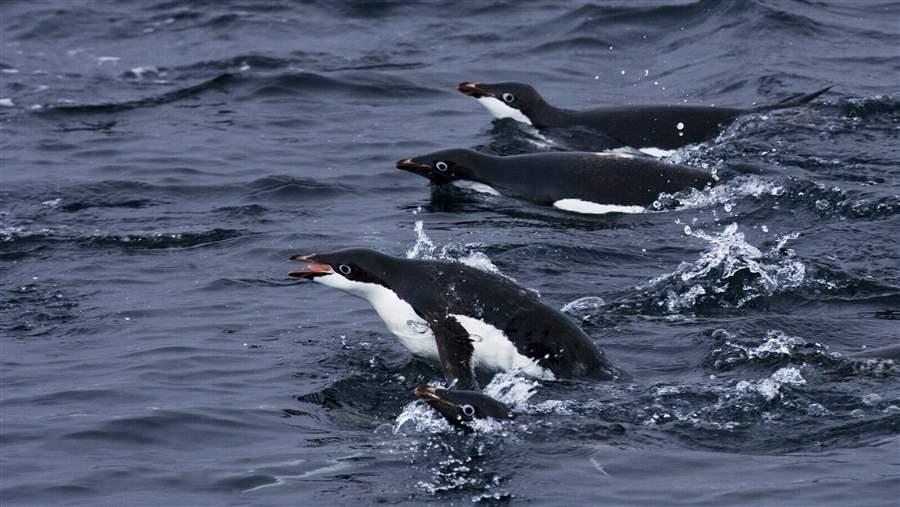Studies Show Need to Protect Seas Around Antarctica
With penguins and other wildlife under stress, governments should expand safeguards
The most remote continent on our planet—Antarctica—has become less of a mystery over the past several decades and is now often referred to as a living laboratory. The Southern Ocean, which surrounds the continent, is home to nearly 10,000 species, many of which are found nowhere else on the planet. But scientists observing this magnificent biodiversity are also seeing worrisome evidence of how climate change and highly localized commercial fishing are affecting Antarctica’s wildlife. Four recent studies reinforce the need for the governments that set policy for the region to protect Antarctica, and for all of us to learn more about the species that live there.
Declining biodiversity
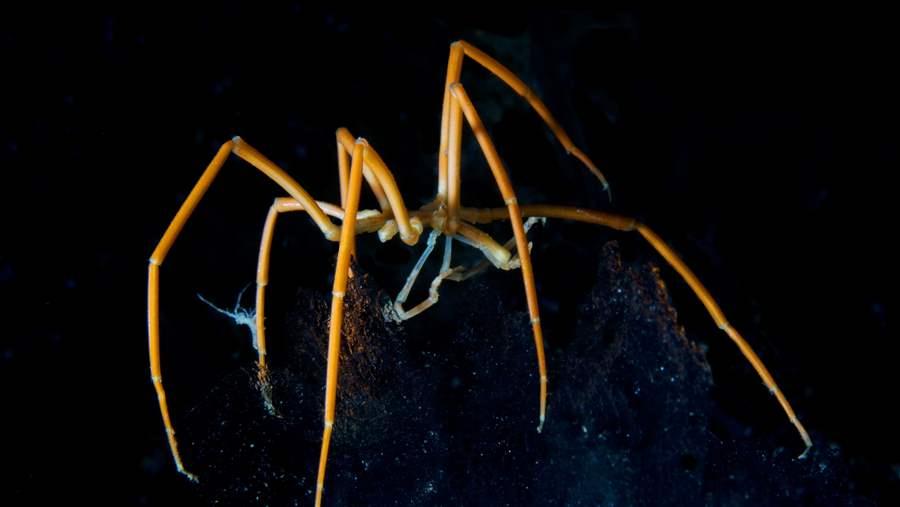
Populations of unique Antarctic benthic species, such as this giant sea spider, are declining in the Southern Ocean.
© John B. Weller
A new study published in the journal PLOS Biology found that the significant declines in biodiversity in remote areas of Antarctica and the Southern Ocean are comparable with losses in other regions in the world. This surprised many scientists, who have long believed that Antarctica’s remote location provided a buffer against human activities that cause species losses.
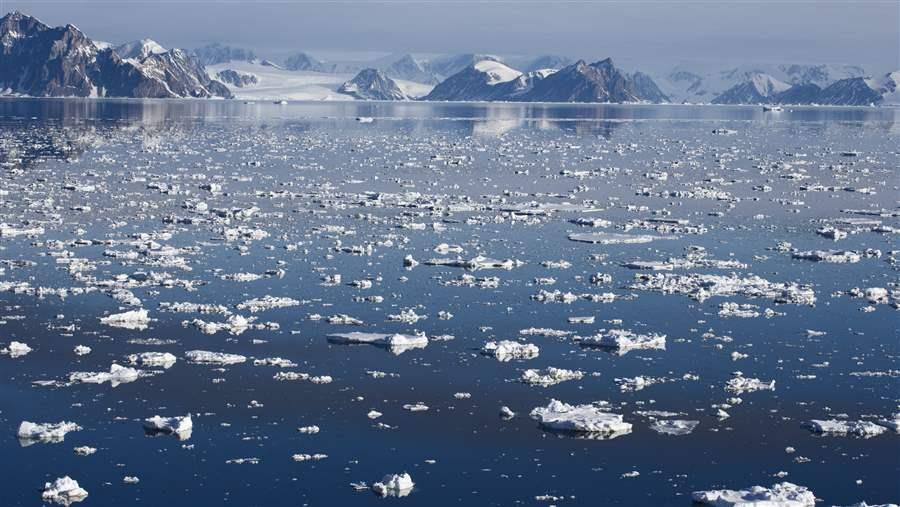
Ice floes dot the Southern Ocean, where National Oceanic and Atmospheric Administration data show a significant drop in sea ice compared with prior years.
© John B. Weller
First winter krill survey in the Antarctic Peninsula
In March, NOAA Fisheries’ Antarctic Marine Living Resources program published results from its first winter krill survey in the Antarctic Peninsula that found a significant decrease in winter sea ice in the region. This is creating a ripple effect throughout the ecosystem, foremost by affecting the life cycle of krill that rely on sea ice for feeding and breeding. Predators that feed on krill are facing shortages of both food and sea ice to rest on. Krill form the base of the entire Southern Ocean food web; successful management of the Antarctic krill fishery is therefore critical to maintaining balance for the region’s marine ecosystem.
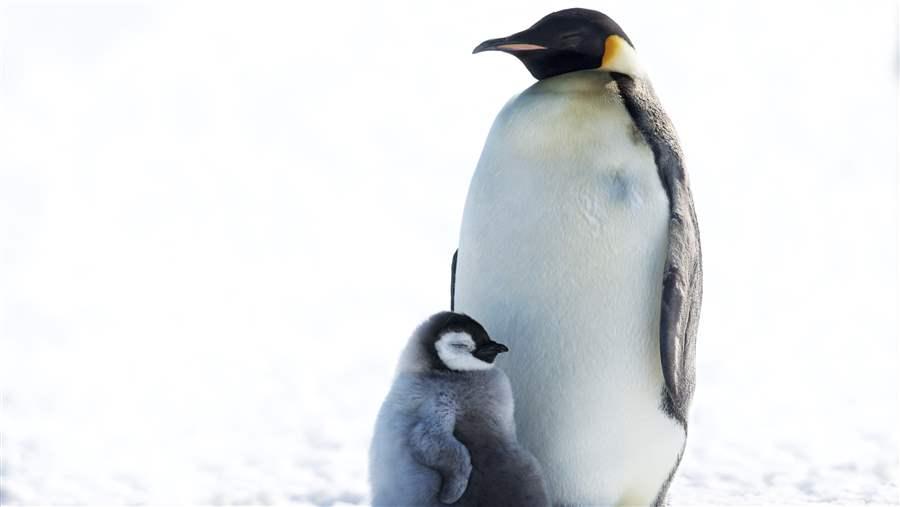
Breeding and foraging penguins are facing an increasing challenge from commercial fishing of krill, their main food source in the Antarctic Peninsula.
© John B. Weller
Competition for krill
Experts have suspected for decades that commercial fishing of krill in the Southern Ocean has negatively affected the populations of penguins, whales, and other predators that rely on this crustacean as their food source. A study published in January in PLOS ONE found that foraging areas of breeding penguins and the krill fishery consistently overlap within parts of the Antarctic Peninsula region, harming an area where predators are breeding and seeking food.
Studying the age of krill through their eyes
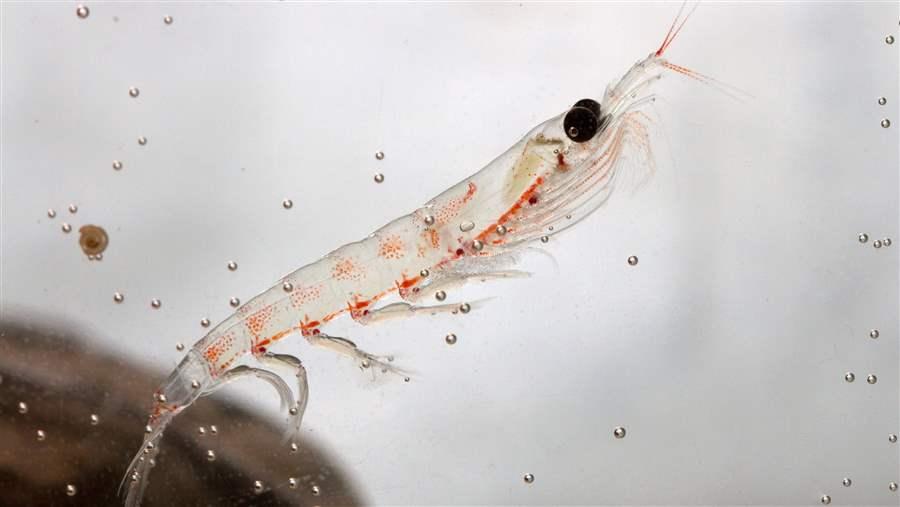
Antarctic krill, like the one seen here, play a critical role in the Southern Ocean food web.
© iStockphoto
Another PLOS ONE study, published in February, reveals that scientists have been able to successfully age krill for the first time using rings within the animals’ eyestalks, similar to how arborists age trees. This gives scientists a fundamental tool to understand krill population sizes, which is needed for science-based management of Antarctic krill.
The science keeps adding up to the need for action
As many of these studies note, the Antarctic and Southern Ocean ecosystems are experiencing the effects of a changing climate. One solution to build ecosystem resilience to these impacts is to establish a network of marine protected areas (MPAs) around Antarctica. Marine reserves can also serve as critical reference areas where scientists can observe how ecosystems are responding to climate change without factors—such as commercial fishing—that might skew the data.
Last year, the 25 member governments that make up the Commission for the Conservation of Antarctic Marine Living Resources (CCAMLR), the management body established to protect the Southern Ocean’s biodiversity, took a huge step forward by designating the Ross Sea as the first MPA in the region. Additional MPAs are up for consideration at CCAMLR’s next annual meeting in October—one in the waters off East Antarctica and the other enveloping a huge portion of the Weddell Sea.
By designating those fully protected marine reserves in East Antarctica and the Weddell Sea, CCAMLR member governments would show that they are heeding the science and acting to protect one of Earth’s last remaining wild places.
Andrea Kavanagh directs The Pew Charitable Trusts’ global penguin conservation program.
